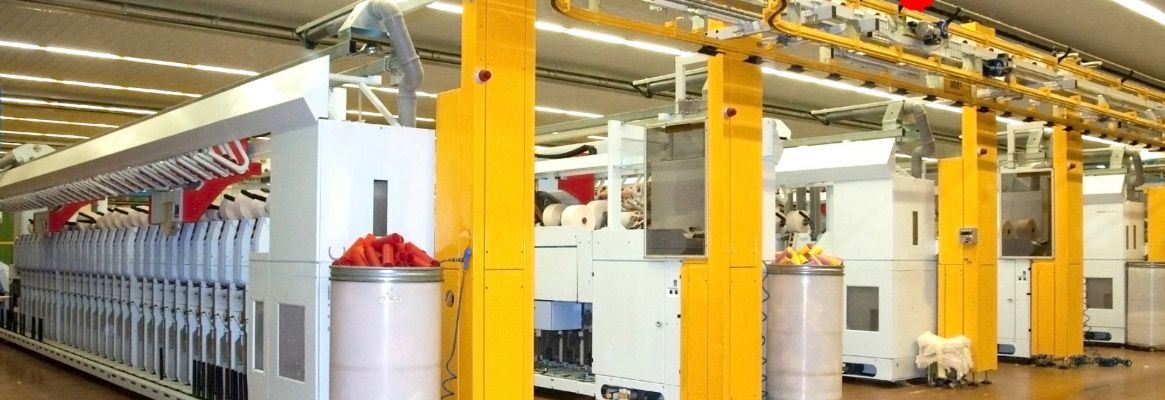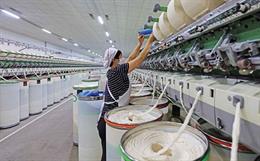When you think of textiles, notmany of us think of the technical factor.
Technical textile includes materialthat is mainly used for its technical properties and superior performance. Areport by Transparency Market Research predicts that the demand for technicaltextile will increase to US$ 160.38 billion by the end of 2018. The report alsosays that technical textile will maintain a Compound Annual Growth Rate (CAGR)of 3.3 per cent in terms of volumes, taking the global demand to 30.71 milliontons by the end of 2018.
Pushing the development oftechnical textile is the escalating demand for nonwovens. According to a newstudy by Grand View Research, Inc, the global nonwoven fabric market isexpected to reach US$ 42.1 billion by 2020. The sector also owes its growth toaccelerated demand for technical textile in Asian giants like China and India.The Chinese economy and the sheer bulk of the population are some of thefactors that have been supporting swift development of technical textile,especially nonwovens.
A success story
Even as the global consumption oftechnical textile rises, it is eastern Asia that alone accounts for one-fifthof total technical textile consumption. Globally, United States consumes 23 percent of total technical textile. A close second is Western Europe at 22 percent. China gobbles up 13 per cent.
According to China Nonwovens andIndustrial Textile Association, domestic consumption of technical textile inChina is forecast to reach US$ 46.5 billion by the end of 2015. Technicaltextile exports and imports are projected to stand at US$ 23.2 billion and US$4.2 billion, respectively. The technical textile industries in China rely onTaiwan, Japan, South Korea, United States of America and Germany for export ofplastic-coated fabric, nonwovens, industrial fibreglass products, medical andhealth care textile.
The major technical textilesectors in China include filtration and separation that is growing at an averageannual rate of 13 per cent followed by the civil engineering sector at 12.5 percent. The transportation, medical and healthcare sector are each growing at 12per cent. Structural modification stands at 11 per cent.
Prompting the growth
The growing elderly population inChina aids vast demand for adult hygiene products and with China relaxing itsone-child policy, the baby boom is once again likely to result in high demand fordiapers, boosting the technical textile sector. Construction spending in Chinais greater than ever, and this is also expected to have an encouraginginfluence on the growth of the market.
China's automobile sector is ontop gear. The burgeoning automobile market in China has led to the rapidincrease in demand for airbags. In 2013, demand in the domestic market forairbag fabric was 28.94 million meters. With laws taking safety issuesseriously, demand for automotive airbags will gradually rise and it is expectedto be 43.86 million meters by 2018.
The demand for technical textile in China is also driven by industries scrutinising safety measures of the workforce. Work place clothing for certain professions requires technical textiles and organisations are investing in superior fabrics to ensure safety of employees.
Troubleshooting
Though China has seen unparalleled success in technical textile, the demand continues to exceed China's production capacity. While the demand-supply gap has proved to be a boon for foreign producers, China's technical textile imports have increased over the last decade. Rising energy and raw material costs are also posing a threat to the otherwise prosperous technical textile sector. China's technical textile industry is currently struggling to cope up with unpredictable costs of key raw materials.
Another immediate challenge for China is the strong technical textile market in India. China has already lost out on its earlier advantage of low cost labour and India has earned a respectable place in the global technical textile for its quality and price competitiveness.
China is eyeing new business investment opportunities, but unlike the blind expansion it undertook a few years back, entrepreneurs have now started investing rationally. In China, spunbound nonwovens are attracting maximum investment.
It is the need of the hour to promote even growth of various sub-sects of technical textile. To upgrade the industry China's technical textile is also focussing on eliminating substandard technical textile goods. China's small and medium enterprises in the technical textile business have also realised that cutting the price is not a wise strategy for long-term survival in the industry, as competition is not based on price or cost any longer. Developing skill and expanding business have become a necessity for China's technical textile.
Experts predict that this year, China's technical textile industry will continue to remain strong as filtration and medical and hygiene products are expected to expand. Demand for technical textile in China is weaker than it was a decade ago but the market remains attractive for global investment opportunities and growth. China's vibrant technical textile market, particularly for nonwovens, is leading the way for the sector, globally.
References:
1. Intersecexpo.com
2. Prnewswire.com
3. Globenewswire.com
4. Grandviewresearch.com
5. Cnbc.com
6. Cnita.org.cn







